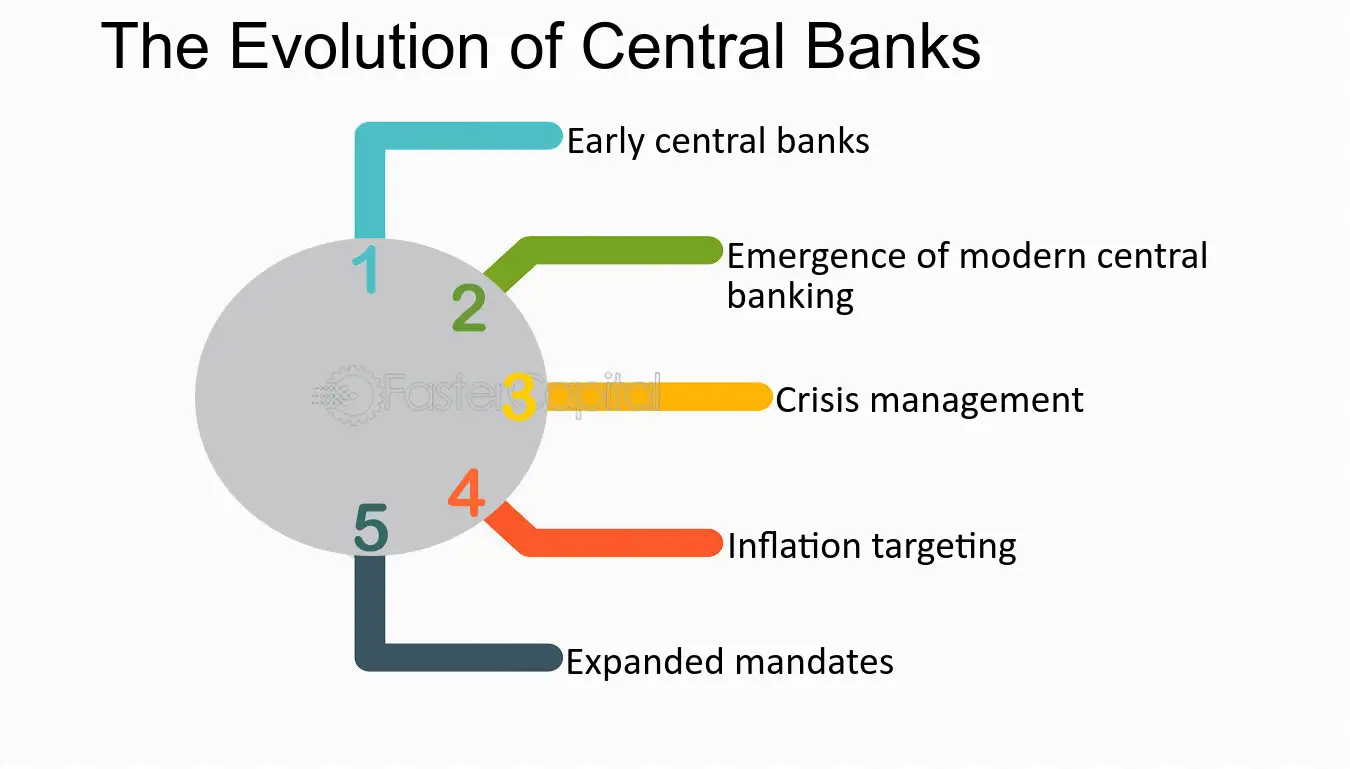Understanding Trading Indicators: Decode the Market with Clarity and Confidence

18/08/2025
Author: Shaharia
What Are Trading Indicators?
Trading indicators are mathematical calculations based on price, volume, or open interest that help traders interpret market behavior. They act like a compass in the financial wilderness, giving insights into trends, momentum, and potential reversals.
For beginners, indicators might seem complex, but once understood, they transform market uncertainty into clarity and actionable knowledge.
Why Indicators Matter
-
Decision Support: Indicators provide objective signals to support trading choices.
-
Risk Reduction: They help identify optimal entry and exit points, reducing impulsive trades.
-
Pattern Recognition: Indicators highlight market tendencies that may not be visible through raw price charts.
Decision Support: Indicators provide objective signals to support trading choices.
Risk Reduction: They help identify optimal entry and exit points, reducing impulsive trades.
Pattern Recognition: Indicators highlight market tendencies that may not be visible through raw price charts.
When used wisely, indicators bridge logic and intuition—helping beginners trade with confidence while respecting market emotion.
Common Types of Indicators
-
Moving Averages (MA): Smooth out price fluctuations to reveal trends.
-
Relative Strength Index (RSI): Shows overbought or oversold conditions, hinting at potential reversals.
-
MACD (Moving Average Convergence Divergence): Measures momentum and trend direction, helping anticipate shifts.
-
Bollinger Bands: Show volatility and price boundaries, helping gauge risk levels.
-
Volume Indicators: Confirm price movements with trading activity intensity.
Moving Averages (MA): Smooth out price fluctuations to reveal trends.
Relative Strength Index (RSI): Shows overbought or oversold conditions, hinting at potential reversals.
MACD (Moving Average Convergence Divergence): Measures momentum and trend direction, helping anticipate shifts.
Bollinger Bands: Show volatility and price boundaries, helping gauge risk levels.
Volume Indicators: Confirm price movements with trading activity intensity.
Each indicator tells a part of the story. Combining them wisely helps create a holistic view of the market.
How to Use Indicators Effectively
-
Start Simple: Focus on 1–2 indicators before combining multiple signals.
-
Confirm Signals: Avoid relying on a single indicator; look for agreement between multiple tools.
-
Adjust Time Frames: Short-term traders and long-term investors interpret indicators differently.
-
Backtest Strategies: Test indicators against historical data to understand reliability.
-
Manage Emotions: Use indicators as a guide, not a guarantee—trust your plan, not just numbers.
Start Simple: Focus on 1–2 indicators before combining multiple signals.
Confirm Signals: Avoid relying on a single indicator; look for agreement between multiple tools.
Adjust Time Frames: Short-term traders and long-term investors interpret indicators differently.
Backtest Strategies: Test indicators against historical data to understand reliability.
Manage Emotions: Use indicators as a guide, not a guarantee—trust your plan, not just numbers.
Indicators help translate market behavior into actionable insights, but emotional discipline is the secret ingredient that turns analysis into success.
Emotional Perspective
Indicators reduce fear by providing structured information. They also temper greed by signaling when trends are weakening. Beginners often feel anxious watching markets fluctuate—indicators offer a steady voice amid chaos, helping traders act calmly and confidently.
Learning to read them fosters patience, observation, and trust in the system—critical traits for long-term trading success.
Final Thoughts
Trading indicators are not crystal balls—they are guides, not guarantees. For beginners, they transform charts from overwhelming data into understandable signals, marrying logic with emotional awareness.
By mastering indicators gradually, testing them carefully, and integrating emotional discipline, traders can confidently navigate markets, make informed decisions, and grow steadily over time.



















